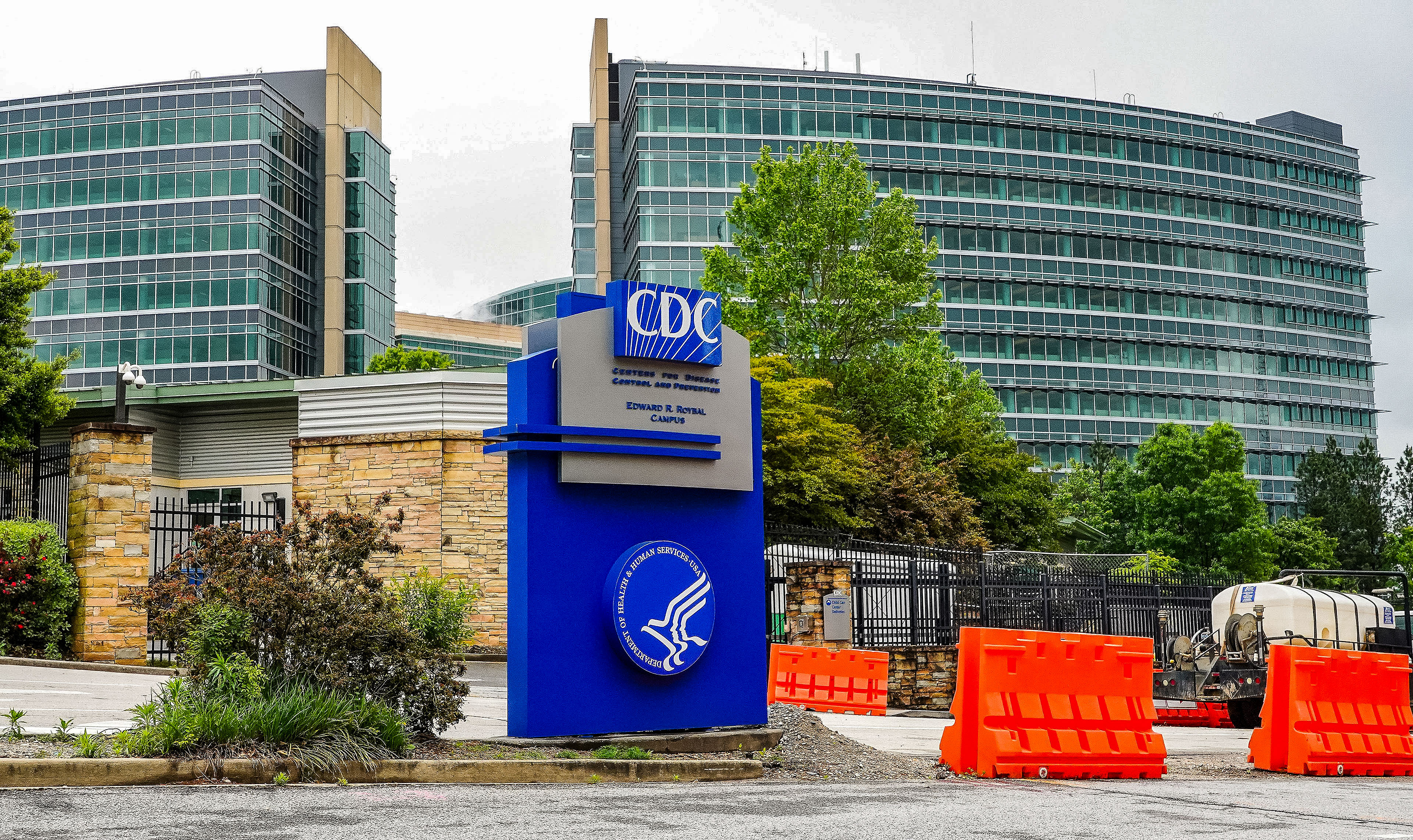Influenza activity has reached its highest levels for the winter season and is still increasing across the United States, according to data published on Feb. 7 by the Centers for Disease Control and Prevention (CDC).
A map published by the CDC shows that 32 states and Washington, D.C., have “very high” levels of flu, while 11 states are classified as having “high” levels, according to the most recent data, which are for the week ending Feb. 1. The most intense areas were in the southern, southwestern, and western states.
One indicator of flu activity is the percentage of doctor’s office visits driven by flu-like symptoms. Last week, that number was higher than the peak of any winter flu season since 2009–2010, when a swine flu spread in the United States, the CDC data show.
During this winter season, according to the CDC, there have been at least 24 million flu illnesses, 310,000 hospitalizations, and 13,000 deaths, which include 57 children.
“Seasonal influenza activity remains elevated and continues to increase across the country,” the CDC said in its Feb. 7 report.
In a separate report, the CDC said its researchers “estimate that influenza infections are growing or likely growing in 15 states” and declining in six states.
On Feb. 7, a CDC spokesperson said that the new data show “the highest absolute value” of flu-like illness when compared with other seasons but that the statistic is complicated: That value references a baseline estimate for doctor’s office visits, but the baseline is recalculated every year. In late January, the CDC was describing the season as “moderate” in severity.
Last winter’s flu season was considered “moderate” overall, while the CDC estimated there were 28,000 flu-related deaths, and about 205 pediatric deaths were reported. That was the highest number ever reported for a conventional flu season.
The CDC also reported that no new H5N1 avian influenza cases have been reported to the agency this week. It noted that there has been no human-to-human transmission of H5N1 observed in the United States to date.
Late last year, a Louisiana resident contracted avian influenza and later died. Officials say the individual was over the age of 65 and had preexisting health complications.
At least 67 people in the United States have been infected with the virus, mostly people who work with cattle, CDC officials have said.
Earlier in February, officials said that dairy cattle in Nevada have been infected with a new strain of avian influenza that’s different from the one that has been spreading in herds since last year.
At the same time, bird flu has forced farmers to cull millions of chickens per month, raising the price of eggs to an average of $4.15 in December 2024.
Meanwhile, COVID-19 appears to be on the decline, according to hospital data and CDC modeling projections. Available data also suggest that another respiratory illness, RSV, has been fading nationally.
CDC officials have recommended that everyone aged 6 months and older get an annual flu vaccine. In September 2024, the agency reported that in the 2023–2024 flu season, there was a decrease of 20 percentage points in vaccinations among children aged 6 months to age 17 compared with the 2022–2023 season and a decrease of 8.3 percentage points in the pre-pandemic flu season in 2019 and 2020.
The Associated Press contributed to this report.














